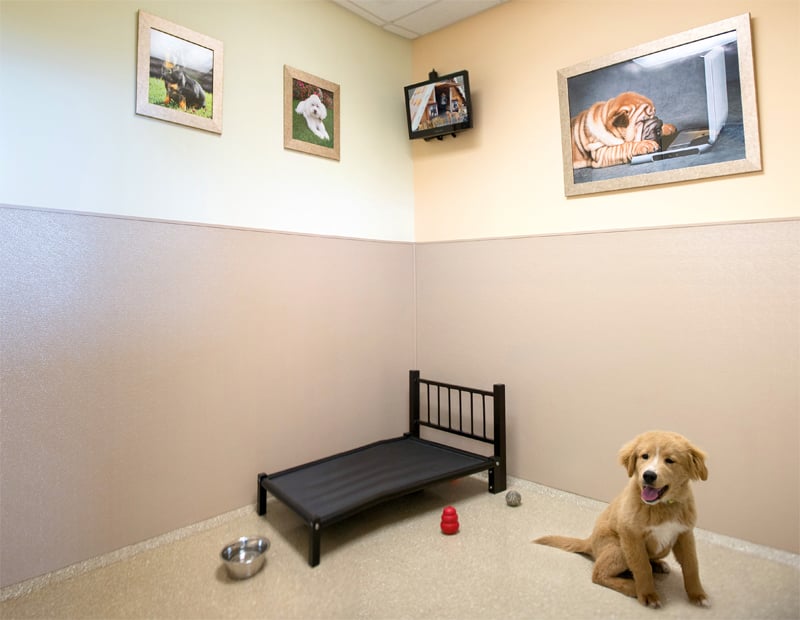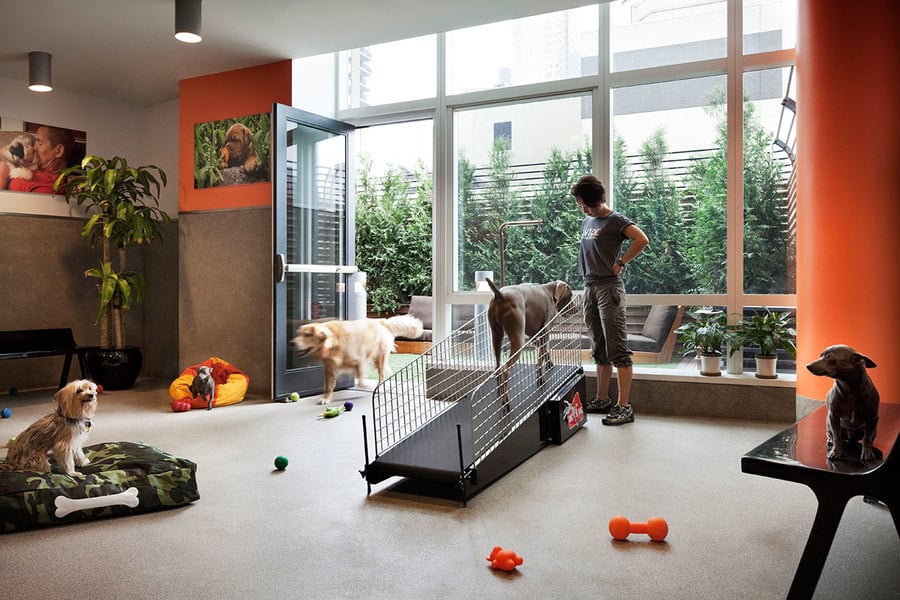The bond between humans and their pets has undergone a profound transformation. No longer are pets merely animals that guard the home or catch mice; they have become cherished family members, confidants, and integral parts of the modern household. This evolution in the human-animal bond has catalyzed a monumental shift in consumer behavior, giving rise to a booming, multifaceted industry: the luxury pet care market. This sector has moved far beyond basic kibble and routine vet visits, exploding into a sophisticated landscape of premium services, high-end products, and personalized experiences that mirror trends in human luxury goods. This in-depth analysis explores the key trends, driving forces, and future projections defining this dynamic and rapidly expanding market.
Understanding the Modern Pet Parent Phenomenon
To comprehend the luxury pet care market, one must first understand the demographic engine behind it: the modern “pet parent.” This term is a deliberate shift from “pet owner,” reflecting a deeper emotional connection and a sense of responsibility akin to raising a child. This demographic is typically comprised of millennials and Generation Z, who are delaying parenthood, have higher disposable income, and prioritize experiences and wellness for themselves and their dependents—including their pets. Furthermore, the COVID-19 pandemic acted as a significant accelerant. During periods of lockdown and social isolation, millions worldwide turned to pet adoption for companionship, dramatically increasing the pet population and intensifying the emotional reliance on these animals. This perfect storm of demographic change and societal shifts has created a consumer base that is highly receptive to premium offerings.
Key Driving Forces Behind the Market’s Explosive Growth
The market’s expansion is not accidental. It is propelled by several powerful, interconnected factors:
A. Humanization of Pets: This is the cornerstone of the entire industry. Pets are now considered family members. This means their needs are elevated to match human standards, including gourmet food, fashionable apparel, spa treatments, and premium healthcare.
B. Rising Disposable Income: In emerging economies and developed nations alike, a growing middle class and affluent segments have more money to spend on non-essential, high-margin products for their pets.
C. Demographic Shifts: As mentioned, younger generations like millennials and Gen Z are a primary driving force. Their spending habits are influenced by social media, a focus on sustainability, and a willingness to invest in quality and brand stories.
D. Increased Awareness of Pet Health and Nutrition: Pet parents are increasingly educated about the importance of nutrition, preventative care, and mental well-being for their animals. This knowledge fuels demand for organic food, functional treats, and advanced medical services.
E. The Influence of Social Media: Platforms like Instagram and TikTok have created a culture of “pet influencers.” Owners enjoy showcasing their pets’ luxurious lifestyles, from designer outfits to custom-built pet furniture, creating social proof and fueling aspirational consumption.
Decoding the Major Luxury Pet Care Market Trends
The market manifests through several distinct and thriving categories. Each represents a unique opportunity for brands and entrepreneurs.
A. Premium Nutrition and Functional Food
Gone are the days of one-size-fits-all kibble. The modern pet food aisle resembles a high-end human grocery store.
-
Human-Grade Ingredients: Products are now marketed as using USDA-approved, restaurant-quality meats, organic vegetables, and superfoods like quinoa, blueberries, and kale.
-
Specialized Diets: There is soaring demand for grain-free, limited-ingredient, raw (B.A.R.F.), and freeze-dried options catering to pets with allergies, sensitivities, or specific life-stage needs.
-
Functional and Supplemental Foods: Treats and foods are infused with CBD for anxiety and joint pain, probiotics for gut health, and supplements for skin, coat, and cognitive support in aging animals.
-
Meal Delivery Services: Companies like The Farmer’s Dog, Nom Nom, and Ollie deliver freshly prepared, portion-controlled meals customized to a pet’s breed, age, and weight, directly to the consumer’s door.
B. High-End Health and Wellness Services
Pet healthcare has entered a new era of technological integration and comprehensive care.
-
Veterinary Telehealth: The adoption of virtual vet consultations skyrocketed during the pandemic and remains popular for its convenience for non-emergency advice, follow-ups, and behavioral consultations.
-
Specialist and Emergency Care: Willingness to pay for advanced medical procedures like chemotherapy, orthopedic surgeries, and specialized dentistry is higher than ever.
-
Wellness and Alternative Therapies: Pet spas offer hydrotherapy for rehabilitation, acupuncture for pain management, and chiropractic adjustments. Mental wellness is also addressed through calming pheromone diffusers, anxiety vests, and even pet massage therapy.
-
Pet Insurance: As veterinary care becomes more advanced and expensive, comprehensive pet insurance policies are increasingly seen as a necessity, protecting owners from unforeseen financial burdens and ensuring their pets receive the best possible care.
C. Pet Fashion and Accessories
This segment directly mirrors human fashion trends, emphasizing style, brand identity, and functionality.
-
Designer Apparel: From practical waterproof jackets and cooling vests to haute couture sweaters and dresses for special occasions, pet clothing is a massive industry. Brands like Canada Pooch, Ralph Lauren, and even Moncler have dedicated pet lines.
-
Luxury Collars, Leashes, and Harnesses: Products are crafted from premium materials like full-grain leather, biothane, and durable nylon, often with custom hardware and personalized nameplates.
-
High-End Carriers and Travel Gear: Stylish, ergonomic pet carriers from brands like Sleepypod and Sherpa have become status symbols, ensuring pets travel safely and in style.
D. Smart Technology and Connected Products
The “smart home” now unequivocally includes the family pet.
-
Automatic Feeders and Water Fountains: Wi-Fi-enabled feeders allow owners to portion control and schedule meals remotely via an app, while filtered water fountains encourage hydration.
-
Interactive Cameras and Treat Dispensers: Devices like the Furbo and Petcube allow owners to watch, talk to, and even toss treats to their pets from anywhere in the world, alleviating separation anxiety.
-
GPS Trackers: Compact devices attached to a collar, such as Fi or Whistle, provide real-time location tracking and activity monitoring, offering peace of mind for owners of escape-prone pets.
-
Smart Litter Boxes: For cat owners, self-cleaning litter boxes like the Litter-Robot automate the most undesirable pet-related chore, representing the pinnacle of convenience.
E. Luxury Pet Furniture and Living Spaces
Pets are getting a designated share of the home’s square footage, furnished to match the owner’s aesthetic.
-
Design-Forward Furniture: Companies create custom, high-quality cat trees that look like modern sculptures, orthopedic memory foam beds with stylish upholstery, and enclosed crates that double as end tables.
-
Custom Built Solutions: A growing trend sees homeowners integrating pet-specific features into their architecture, such as built-in feeding stations, washing stations in mudrooms, and “catios” (enclosed patio spaces for cats).
F. Experiential Luxury and Services
Beyond products, experiences are a huge growth area.
-
Luxury Pet Hotels and Boarding: These facilities offer private suites, webcams for owners to check in, daily playgroups, grooming sessions, and even turndown services.
-
Professional Grooming: Mobile grooming salons that come to your home and high-end groomers offering blueberry facials, pawdicures, and creative coloring are in high demand.
-
Specialized Training: From puppy socialization classes to advanced obedience and even therapy dog certification, owners invest in professional training to ensure their pets are well-behaved family members.
-
Pet-Centric Travel: The hospitality industry has responded with pet-friendly hotels offering amenities like welcome kits, special menus, designated relief areas, and even pet-sitting services.
The Future Outlook: Sustainability and Personalization
The luxury pet care market shows no signs of slowing down. Future growth will be heavily influenced by two overarching themes:
-
Sustainability and Ethical Sourcing: Eco-conscious pet parents will increasingly seek out brands that prioritize eco-friendly packaging (compostable, recycled), ethically sourced ingredients, and products made from sustainable or recycled materials. The rise of plant-based and insect-protein pet foods also falls into this trend, addressing environmental concerns associated with traditional livestock farming.
-
Hyper-Personalization: The one-size-fits-all model is obsolete. The future lies in ultra-customized solutions driven by data. This includes DNA-test-kit-informed food and health plans (like Embark Vet), subscription boxes curated to a pet’s specific preferences, and wellness plans tailored to their unique genetic predispositions.
Conclusion: A Market Built on Love
The luxury pet care market is a powerful economic force, but its foundation is purely emotional. It is built on the profound, unconditional love people have for their animal companions. As pets continue to secure their place as central figures in the family unit, the demand for products and services that ensure their health, happiness, and comfort will only intensify. For businesses, the opportunity lies in understanding the deep emotional drivers of the modern pet parent, innovating with quality and authenticity, and embracing the trends of sustainability and personalization that will define the next chapter of this exceptional industry.














